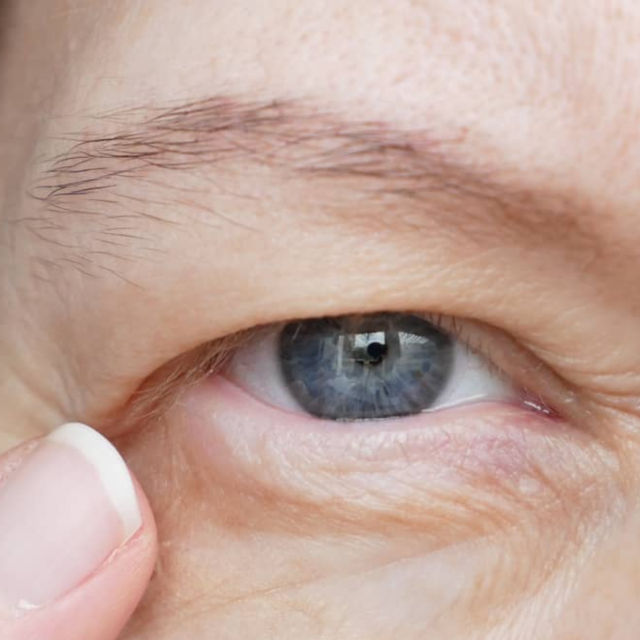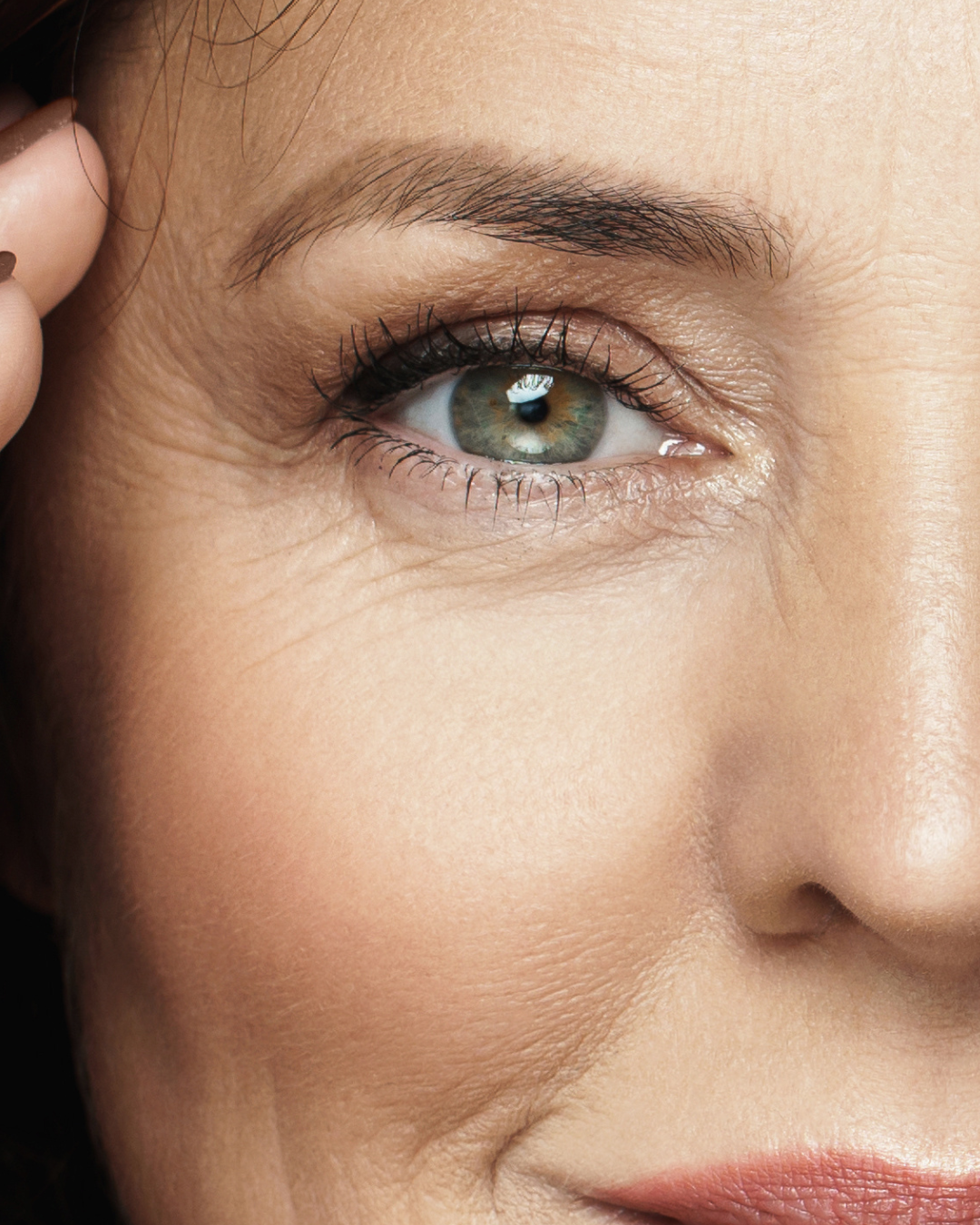
As we age, eyelid hooding and loose skin can create a tired appearance. At SRGN we offer treatments like Blepharoplasty and Sylfirm X Skin Tightening to restore a more youthful and refreshed look.

Eyelid hooding happens when the skin on the upper eyelid becomes loose and droops over the eye, sometimes even obstructing vision. This condition is often accompanied by loose skin around the eyes, which can create an overall tired or aged appearance. While it’s a natural part of the ageing process, other factors like sun exposure, genetics, and lifestyle choices can accelerate the loss of skin elasticity, leading to this concern earlier in life.
Dr Ayad Harb and the team at SRGN are experts in addressing eyelid hooding and loose skin, offering treatments that restore a youthful, refreshed look. Whether you’re looking for a subtle lift or a more dramatic improvement, we have the right solution tailored to your needs.
For those experiencing early signs of eyelid hooding with minimal loose skin, anti-wrinkle injections can provide a subtle lift by relaxing the muscles that pull the eyelid down. This non-surgical option offers a quick and effective solution with no downtime.
If hooding is more pronounced and begins to affect your vision or significantly alter your appearance, blepharoplasty (eyelid surgery) may be recommended. This surgical procedure removes excess skin and fat from the eyelids, providing a more open and youthful eye area.
Loose skin around the eyes can be treated with radiofrequency skin tightening or Ultherapy. These non-invasive treatments stimulate collagen production, firming and tightening the skin for a smoother, more lifted appearance.

For those experiencing early signs of eyelid hooding with minimal loose skin, anti-wrinkle injections can provide a subtle lift by relaxing the muscles that pull the eyelid down. This non-surgical option offers a quick and effective solution with no downtime.
If hooding is more pronounced and begins to affect your vision or significantly alter your appearance, blepharoplasty (eyelid surgery) may be recommended. This surgical procedure removes excess skin and fat from the eyelids, providing a more open and youthful eye area.
Loose skin around the eyes can be treated with radiofrequency skin tightening or Ultherapy. These non-invasive treatments stimulate collagen production, firming and tightening the skin for a smoother, more lifted appearance.
Blepharoplasty is a surgical procedure designed to remove excess skin and fat from the upper eyelids, offering a long-lasting solution for hooded eyes and sagging skin. It restores a more youthful, refreshed appearance by addressing severe eyelid hooding that may affect vision or aesthetics.
Non Surgical Blepharoplasty is an advanced laser treatment tightens loose skin on the upper eyelids and reduces hooding without the need for surgery. The CO2 laser stimulates collagen production, improving skin elasticity and creating a smoother, more lifted look.
Sylfirm X uses cutting-edge RF micro-needling technology to target loose skin around the eyes by stimulating collagen and elastin. This non-invasive treatment reduces skin laxity, improves texture, and rejuvenates the delicate eye area.
CO2 Laser Resurfacing offers a non-surgical blepharoplasty solution by tightening loose skin on the eyelids, effectively reducing eyelid hooding. This advanced treatment stimulates collagen production, improving skin elasticity and rejuvenating the delicate eye area for a more youthful appearance.


